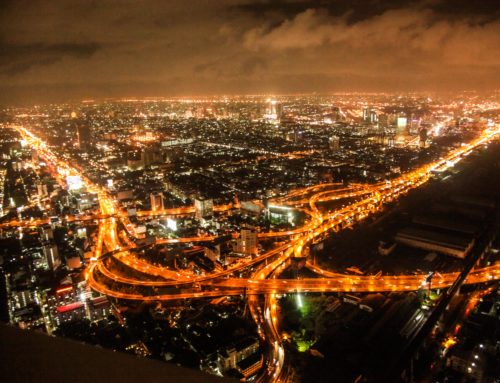Nowadays, we are blasted with thousands of pictures everyday. Internet, TV, advertisements, magazines, company communications, etc. Many pictures are captured in a digital format and will be displayed on a computer/tablet/phone screen, as a digital file.
The percentage of pictures which will be finally printed on a paper is remote.
In fact, even many “experienced” photographers, have little or no experience at all with the printing part of photography. Though, we could find many reasons why one should print his pictures:
- Prints last longer than digital files,
- Pictures printed big look impressive, and this is rewarding for the photographer,
- It is decorative,
- It can be a nice present,
- It can be sold,
- we could go on and on with reasons.
But the reality is that printing your pictures contains as well a number of psychological and technical challenges.
Psychological:
- Printing is choosing… : A digital file in a post-processing software is just a raw material that the software will allow you to play with. You can change the framing, the tones, exposure, etc. Depending on your mood, you can always come back to the picture and adjust it differently than the last time you did. When your photographer “eye” is improving, you can always go back to your old files and adjust them based on your new skills. Thus, printing a picture is accepting your taste at a given point in time. You make a number of decision: first selecting the picture, then performing adjustments, cropping, etc.
- …and printing is renouncing: all the pictures you haven’t printed are left aside. You also renounce to all the “styles” and framing that you explored during post-processing and which will not make it to the paper.
- Printing is disclosing: you allow others to see your work and have opinions about it. This is a psychological barrier which you will have to go through if you want to allow your photography to grow. If I can give you a few words to help with this, they would be:
- most of the people are more critical with their own work than with others’
- everyone has his own taste and chances that not everyone likes your style are great, no matter how good you are. You have to accept the critics in order to grow your photography.
- even legendary photographers have a very critical eye on their work and see how much the picture could have been better”
- photography is a never-ending learning path: you can always do better, change your view, style, etc.
Technical: there are so many options you have to choose from: saturation, printer, colour space, colour profiles, saturation, paper type, print format, finish, coating, framing, fixture, cost, etc.
It is perfectly normal that the average photographer will not feel at ease when it comes to selecting among all these criteria. Most of beginners, or average photographers will simply ignore most of these criteria and send their jpeg file to a printing service on the internet.
In most of the case, the outcome will be a printed picture with whatever quality which will be much below the potential of the picture and which will provide little or no interest to the viewer in terms of colours, textures and depth of tones…
If you want to reach the next level on your printed pictures, you will have to be able to choose among all these technical criteria… or have someone doing it for you. But here again, understanding what is behind can help !
As a conclusion, being experienced and able to handle the printing part will serve your photography and differentiate you from the crowd by giving you additional latitudes:
- It’s harder to make an image look nice with all the details a print can offer and the technical aspects associated to the printing process.
- Printing your images increases your perceived value of the image and of your work as a photographer.
- Printing your pictures show that you take control on the output quality and the finished product
If you want to learn more and discover the basics of professional printing, PICZ is organizing a workshop for you: “Elements of professional digital photography printing and framing”






